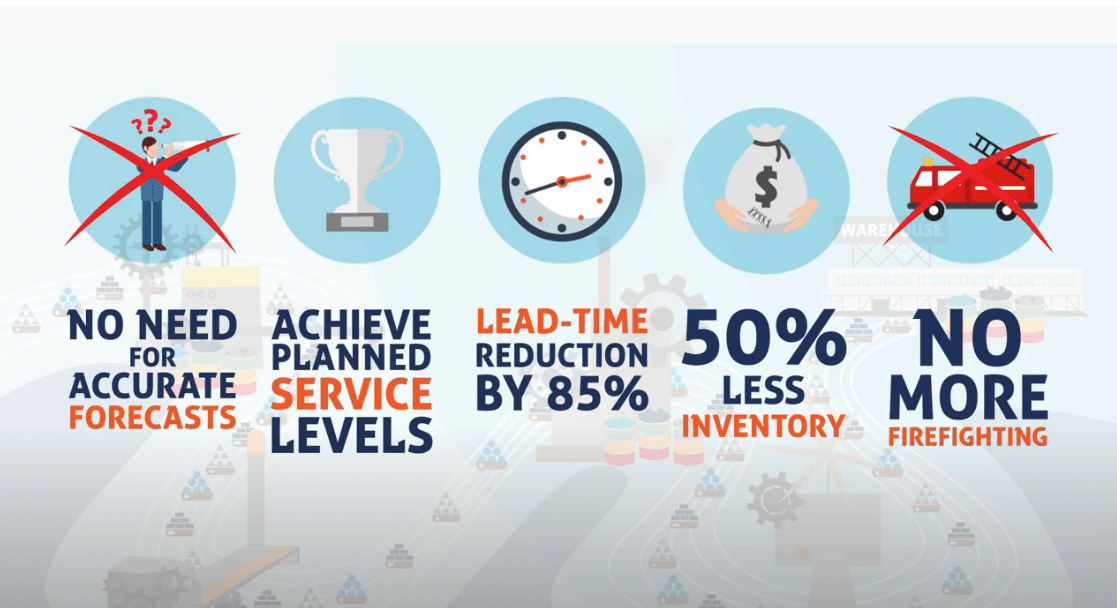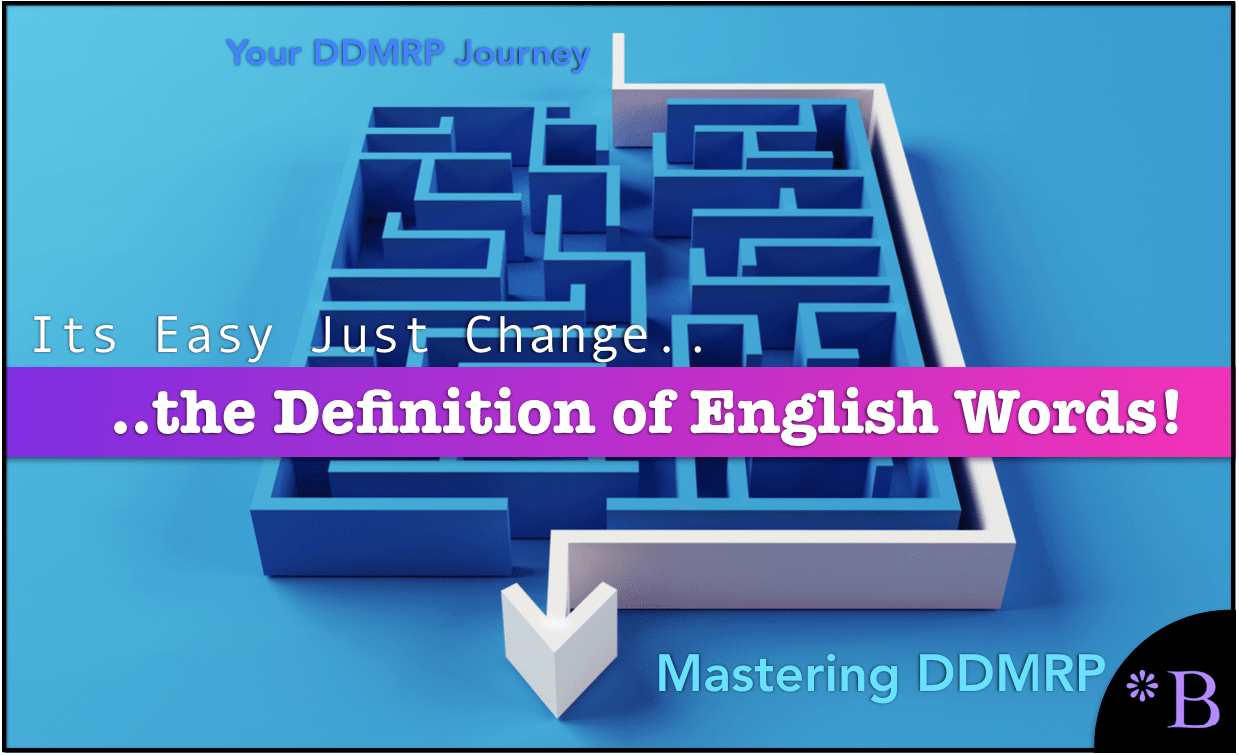Is DDMRP Multiechelon Software?
Executive Summary
- The Demand Driven Institute (DDI) claims that DDMRP is multi-echelon software.
- We verify if this is true.

Introduction
The DDI has claimed that DDMRP is multi echelon software. The problem arose when one asked what is meant by this term.
Our References for This Article
If you want to see our references for this article and related Brightwork articles, see this link.
How Multiechelon Methods or Software Are Normally Judged
Normally it is understood that all supply planning methods deal with supply chains as they are multi echelon by their nature. However, the ability to intelligently plan around the interactive location component is a specific subcategory of supply planning software with unique multi echelon mathematics.
We cover this mathematics and the outcome for supply planning. How to Understand Multi Echelon Inventory Optimization Best.
DDI’s Misuse of the Term Lead Time for Lead Time Reduction
One of the problems comes when the DDI uses the term decouple to mean shrink supplier lead times — which is not actually shrinking the supplier lead time. DDMRP does this by inserting more inventory. Naturally, higher than expected demand has a shorter lead time from the company’s internal stocking location. This is because the company has the stock item and can satisfy demand from stock rather than stocking out and needing to place a new order.
This is extremely confusing, and some might say deceptive, use of the term lead times. DDI also does an abysmal job explaining what lead time it refers to and leaves it up to the reader to figure it out for themselves.
Nowhere in the DDI documentation clarifies that the lead time being described as shrinking is the company to customer lead time or the stocking position to customer lead time.
To add to this unnecessary confusion, there was already a term available to describe this exact thing, which is referred to as effective lead time, which I cover in the article How to Understand Effective Lead Time Better. I am not sure who first coined the term effective lead time, but inventory optimization and multi-echelon software vendors popularized it. Effective lead time is the lead time that the customer perceives. It is conditional and depends upon stocking and delivery conditions given a particular scenario. If, for instance, a store is out of stock of an item, the effective lead time is the time to receive delivery from that location’s replenishment location.
And this confusion on the use of the term decoupling leads to one explanation of buffer stock.
Supply order generation — all relevant demand, supply and on hand information are combined at the buffer to produce an “available stock” equation for supply order generation. – DDMRP Buffer Explanation and Simulation
This stock definition is already extremely well known as either the planned stock on hand or the available stock.
As this term was already established, why was an entirely new term created called buffer to describe this stock category? The DDI could have kept the established term and stated that the way it calculated the planned stock on hand was distinct from other supply planning methods.
DDI makes the following claim regarding lead time reduction.

A Lead Time Reduction by 85%?
At first glance, one might ask, “How does any of this lower lead times?”
One might harken back to the unfulfilled lead time reductions from Lean proponents that never came true. However, this is not the right pathway of inquiry because the DDI is playing a word game with the term lead time reduction. In this case, DDI makes the following claim regarding lead time reduction in the document DDMRP Buffer Explanation and Simulation.
Lead time compression — decoupling supplier lead times from the consumption side of the buffer, lead times are instantly compressed.
I never recall the term lead time reduction or compression being used in this way.
First of all, what lead time is being discussed? With more inventory, the lead time for higher than expected demand is shortened. But typically, this is not the correct or accepted usage of the term lead times.

The DDI receives our Golden Pinocchio Award for implying or stating that its software is multi-echelon.
Conclusion
DDMRP is not multi echelon software. DDI is playing a word game by stating that DDMRP deals with multi echelon supply networks, but all supply planning methods “deal” with multiechelon supply networks. What makes a method multi echelon is a mathematics, which allows the method to manage the interdependent relationships between related stock locations intelligently.

DDI and DDMRP proponents routinely accuse DDMRP critics of not understanding DDMRP. However, the DDI must take a fair share of the blame for creating such a confusing set of terms and explanations for DDMRP, as well as seeming to provide inconsistent statements around how DDMRP works. Misdescribing DDMRP as a multi echelon is another example of the many word games played by DDI.